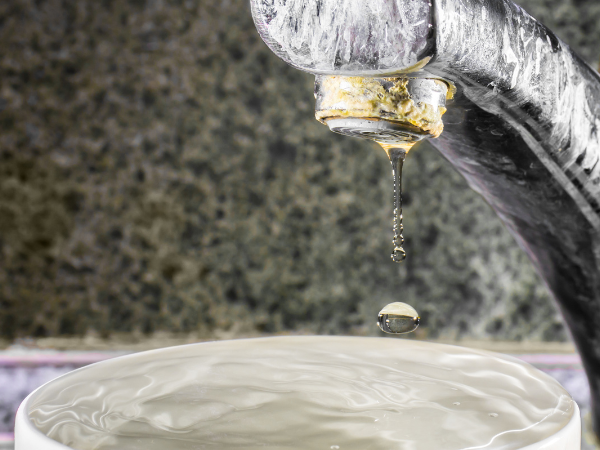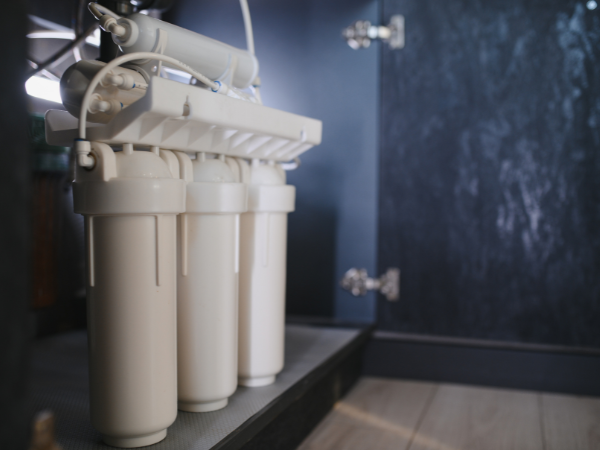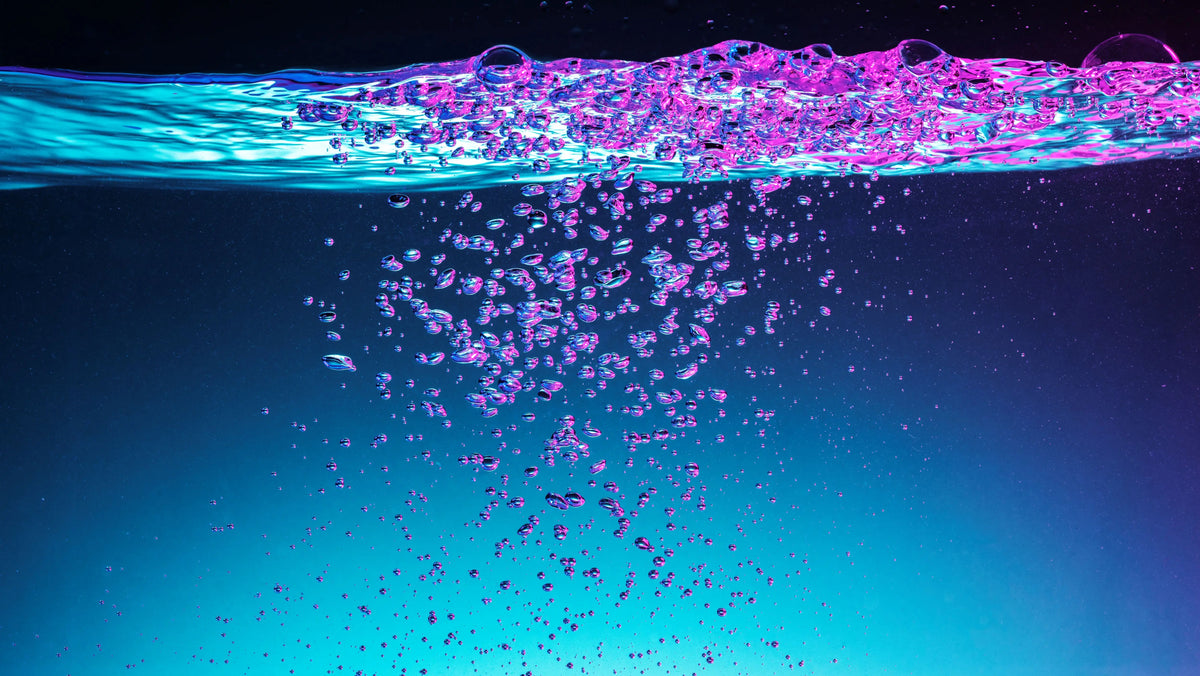Are Reverse Osmosis Systems Worth It?

Are Reverse Osmosis Systems Worth It?
Have you turned on the tap and noticed slightly not-so-clean water or maybe wondered if the water is as clean as it seems? Then you’re already considering water filters.
Reverse osmosis is one of the most efficient water filtration methods available today. A reverse osmosis water filter can eliminate hundreds more contaminants than most, leading to clean, pure water.
Reverse osmosis is one of the most efficient methods for removing pollutants from water, unlike other filtration methods. Up to 99% of lead, asbestos and another 82 pollutants can be removed by even residential-grade reverse osmosis filters. This makes reverse osmosis filtration systems extremely popular, and a very effective and desirable solution to purifying the water that consumers want in the United States. In situations where regular water filters weren't effective, reverse osmosis devices have eliminated the need for residents to boil their water for consumption.
A reverse osmosis filter membrane, being tiny in size, is capable of removing dissolved compounds and minerals from water in addition to the heavier impurities that are typically removed by conventional water filtration systems. The water is converted to its fundamental elements as it flows through the membrane.
Reverse osmosis is one of the most efficient methods for removing pollutants from water, unlike other filtration methods. Up to 99% of lead, asbestos and another 82 pollutants can be removed by even residential-grade reverse osmosis filters. This makes reverse osmosis filtration systems extremely popular, and a very effective and desirable solution to purifying the water that consumers want in the United States. In situations where regular water filters weren't effective, reverse osmosis devices have eliminated the need for residents to boil their water for consumption.
A reverse osmosis filter membrane, being tiny in size, is capable of removing dissolved compounds and minerals from water in addition to the heavier impurities that are typically removed by conventional water filtration systems. The water is converted to its fundamental elements as it flows through the membrane.
However, are the costs of reverse osmosis systems reasonable and manageable?
We don’t blame you for taking the necessary precautions. These systems are not cheap, and your right is to understand what you are signing up for. Read further to know if reverse osmosis systems are worth it.
How Much Does a Reverse Osmosis System Cost?
On average, a price of a reverse osmosis system ranges from $150 to $500. The prices differ from one product manufacturer to another and are affected by different factors. Other systems go around under $700.
Nonetheless, you must be extra careful. The lower the price, the more you compromise on quality, and the higher your maintenance costs will be. Of course, you can think about buying a water softener. That’s a solid alternative with opinions in its favor, but home reverse osmosis systems come with their benefits when it comes to purifying the water.
Important Factors that Impact Reverse Osmosis System Cost?
⦁ Functionality
It is harmless to say that all reverse osmosis systems are exceptional. Each has its production rate, efficiency, and add-ons. A standard RO system has four filters. Nonetheless, there are others with five or more.
The more filters, the higher the price will be. That’s because every filter has its intended purpose. Other systems come with re-mineralizing filters that reinject essential elements and materials lost during the purification process.
⦁ Size
It has a lot to do with your home’s daily water requirements. Are you searching for a simple and small system for daily use like cooking and drinking? Then the under-the-sink system is suitable for you.
Small to Medium-Level Reverse Osmosis Cost
⦁ The Under-the-sink System
This is a mid-level factor in the group and is the most popular one. A single unit can be purchased for $100 to $500. Compared to the countertop system, it requires some plumbing, fitting, and drilling skills. The under-the-sink reverse osmosis system is the more advanced in terms of installation and functionality but is well worth purchasing due to the powerful applications it uses to purify contaminants out of the tap water. The reverse osmosis process uses every drop of water and sends nothing down the drain. As an alternative, it is filtered before being diluted in the home's hot water system, which can then be used for things like cleaning dishes, taking showers, washing hands, etc.
Using an under-sink filtration system to purify water is more cost-effective than purchasing bottled water. In comparison to the cost of buying water in bottles, the water produced by a RO system installed beneath the sink is more cost-effective in the long run. On top of that, you can never be really sure of the quality of the water in your bottled water because it is typically repurposed from tap water. An under-the-sink water filtration system allows you to drink from a virtually limitless supply of filtered water. Other experienced daredevils can deal with it, but it is best to seek professional assistance. Luckily, other suppliers provide free installation services.
⦁ The Countertop System
This is the cheapest reverse osmosis system available in the market ranging from $60 to $450. It’s also the easiest one to install and does not need professional plumbing. Countertop Reverse Osmosis systems are probably the most practical and easiest ones to set up for most consumers in the United States. Simply purchase one, and you can set it up on your countertop in less than an hour.
Pros and Cons of Installing a Reverse Osmosis System
If you pick a reverse osmosis system for your water filtration needs, you will enjoy the following benefits.
⦁ It gets rid of most contaminants
⦁ Enhances taste and odor
⦁ Low maintenance
⦁ A variety of options are available
⦁ It supports drinking more water
⦁ Cost-efficient
⦁ Better tasting food
However, there are also other drawbacks of reverse osmosis that are crucial to know before you purchase one of those systems:
⦁ It gets rid of healthy minerals
⦁ Slower filtration process
⦁ It needs more frequent filter cartridge replacements
⦁ May need electricity
⦁ Clogging
There’s no doubt that pure water is reasonable and must be considered by everyone. After all, much like air, water filtration is better than no water filtration. Check out our reverse osmosis filtration system at Isopure Water now!




